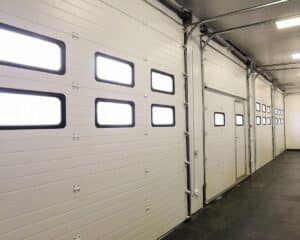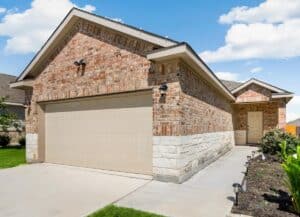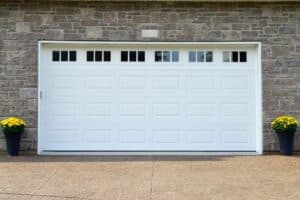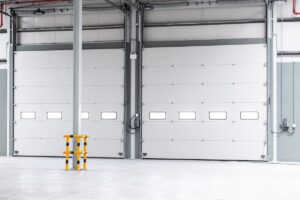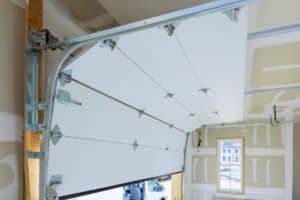Welcome to our guide on maintaining your garage door opener for smooth operation! Your garage door opener is a vital component of your home, providing convenient access to your garage. However, like any mechanical system, it requires regular care to ensure it functions optimally.
In this article, we’ll walk you through essential maintenance tips and troubleshooting techniques to keep your garage door opener running smoothly.
Understanding Garage Door Openers
Garage door openers are motorized devices that automate the opening and closing of garage doors. They typically consist of a motor, a rail system, and a mechanism to lift and lower the door. These devices come in various types, including chain-drive, belt-drive, and screw-drive openers, each with its unique features and benefits.
Importance of Maintenance
Regular maintenance is crucial for prolonging the lifespan of your garage door opener and preventing unexpected breakdowns. By performing routine checks and maintenance tasks, you can identify potential issues early on and address them before they escalate into more significant problems.
Common Issues with Garage Door Openers
Despite their durability, garage door openers can experience various issues over time. Common problems include:
- Loud operation: Grinding or squeaking noises may indicate worn-out components.
- Intermittent operation: The opener may fail to respond consistently to remote commands.
- Slow opening/closing: This could be due to lubrication issues or misaligned sensors.
- Door reversal: The door may reverse direction unexpectedly while closing, posing a safety hazard.
Tips for Regular Maintenance
To keep your garage door opener in top condition, follow these maintenance tips:
- Lubricate moving parts: Regularly lubricate the opener’s chain, screw, or belt to reduce friction and prolong component life.
- Inspect hardware: Check for loose bolts, screws, or hinges and tighten them as needed to ensure stability.
- Test safety features: Verify that the opener’s safety sensors are aligned correctly and functioning properly to prevent accidents.
- Clean the tracks: Remove debris and dirt from the door tracks to prevent obstructions and ensure smooth operation.
- Check remote batteries: Replace the batteries in your remote control periodically to maintain reliable communication with the opener.

Troubleshooting Guide
If you encounter issues with your garage door opener, follow these steps to troubleshoot the problem:
- Check power source: Ensure that the opener is plugged in and that the circuit breaker hasn’t tripped.
- Inspect remote control: Replace the batteries in the remote control and ensure it’s within range of the opener.
- Test safety sensors: Clean the sensors and ensure they’re aligned properly to prevent obstruction detection errors.
- Adjust force settings: If the door struggles to open or close, adjust the opener’s force settings to the manufacturer’s recommendations.
- Inspect hardware: Look for signs of wear or damage on the opener’s components and replace any faulty parts.
Safety Measures
When performing maintenance or repairs on your garage door opener, prioritize safety by:
- Disconnecting power: Always unplug the opener or turn off the power supply before conducting any maintenance tasks.
- Using proper tools: Use the appropriate tools and equipment for the job to avoid accidents or damage to the opener.
- Seeking assistance: If you’re unsure how to address a problem or if it involves complex repairs, enlist the help of a professional technician.
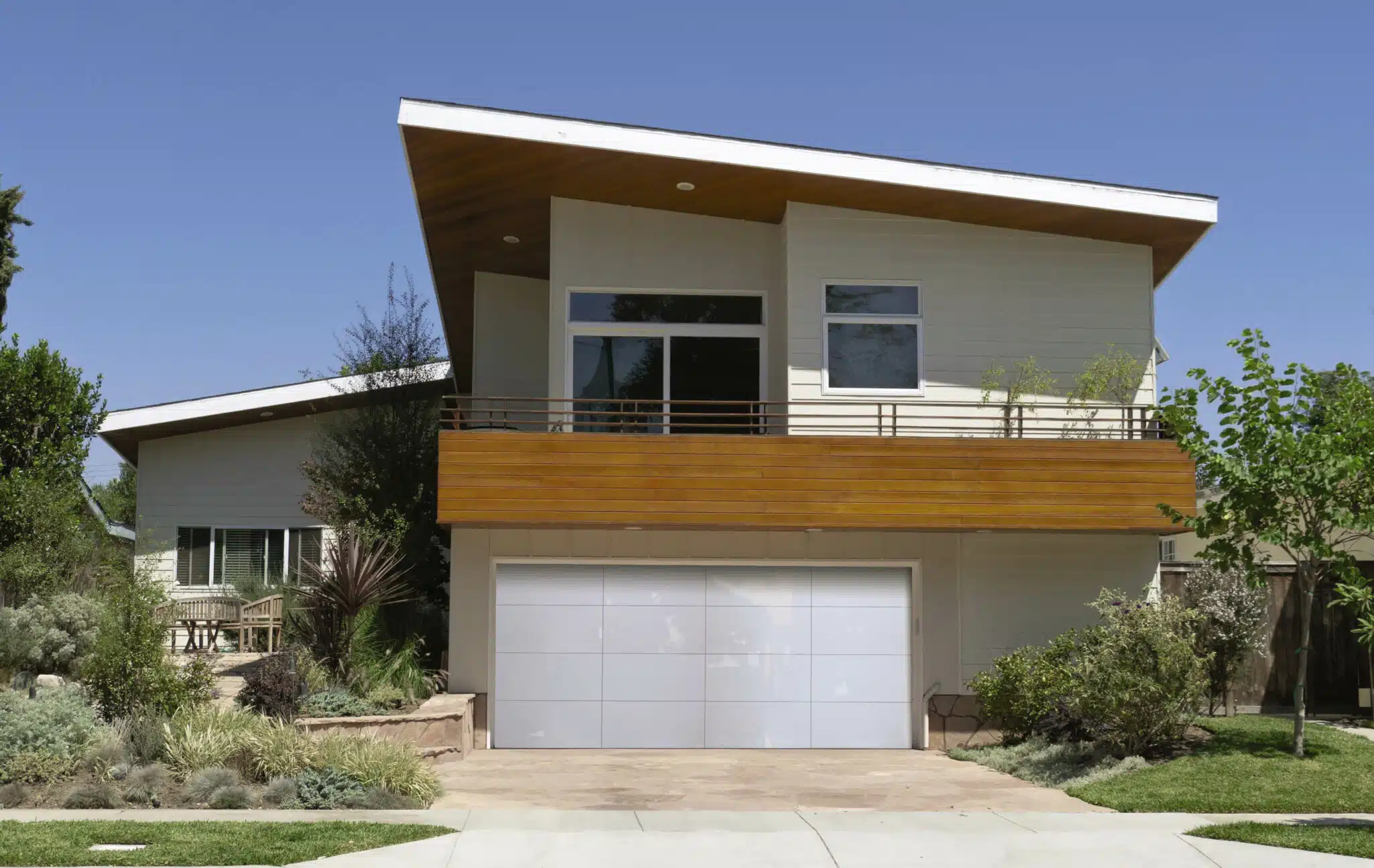
When to Seek Professional Help
While many garage door opener issues can be resolved with DIY maintenance, some problems may require professional intervention. Consider contacting a qualified technician if you encounter the following issues:
- Motor failure: If the opener’s motor fails to operate despite troubleshooting attempts, it may need replacement.
- Major component damage: Significant damage to the opener’s components, such as the motor or drive system, may require professional repair or replacement.
- Complex repairs: For intricate repairs or adjustments beyond your expertise, consulting a professional technician is recommended to ensure safety and efficacy.
Conclusion
Maintaining your garage door opener is essential for ensuring smooth operation and preventing costly repairs. By following the tips outlined in this guide and staying proactive with maintenance tasks, you can extend the lifespan of your opener and enjoy uninterrupted access to your garage. Remember to prioritize safety at all times and seek professional assistance when needed.
FAQs
It’s recommended to lubricate the opener’s moving parts every six months to maintain smooth operation.
Common causes of sudden opener failure include power outages, remote control malfunctions, or motor issues.
Yes, malfunctioning openers can pose safety risks, such as door entrapment or accidental closing on objects or individuals.
While some maintenance tasks can be DIY-friendly, complex repairs should be left to trained professionals to ensure safety and efficacy.
With proper maintenance, garage door openers can last for 10-15 years or more, depending on usage and environmental factors.



